Experts warn not to hang washing to dry on your bannisters or doors – it can create a 'serious issue'
If you’re guilty of using these spots as extra hanging space, it may be wise to have a rethink...
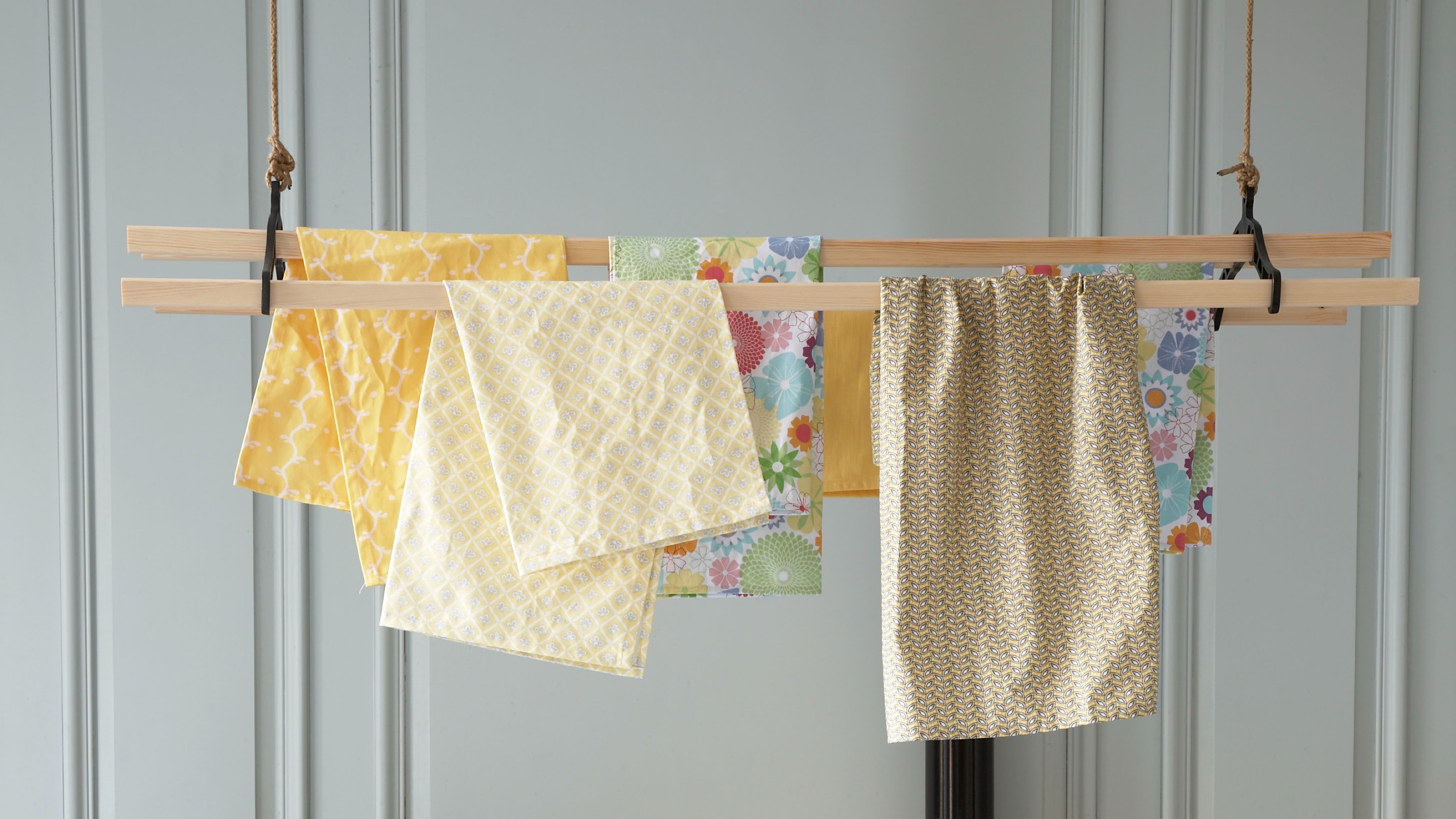

Many of us, especially those of us who live in small homes or apartments, have probably used something other than a clothes airer or washing line to dry our laundry.
Sometimes it simply feels easier to sling a wet towel over the hallway bannister than to pop it outside. But often, many of us do this out of necessity – after all, it can be pretty tricky to know where to dry large sheets if you're not lucky enough to have a laundry room, or simply don't have not enough clothes airers to put your items on, especially if you want to dry your laundry fast! Plus, the great British weather often guarantees that outdoor drying isn't a possibility...
But unfortunately, this habit could actually be doing more harm than good, according to the experts. While it might seem harmless to drape your towels across your doors, it’s actually pretty ill-advised – and something you’re probably not going to want to continue doing...
Why you shouldn’t be hanging your washing on bannisters or doors
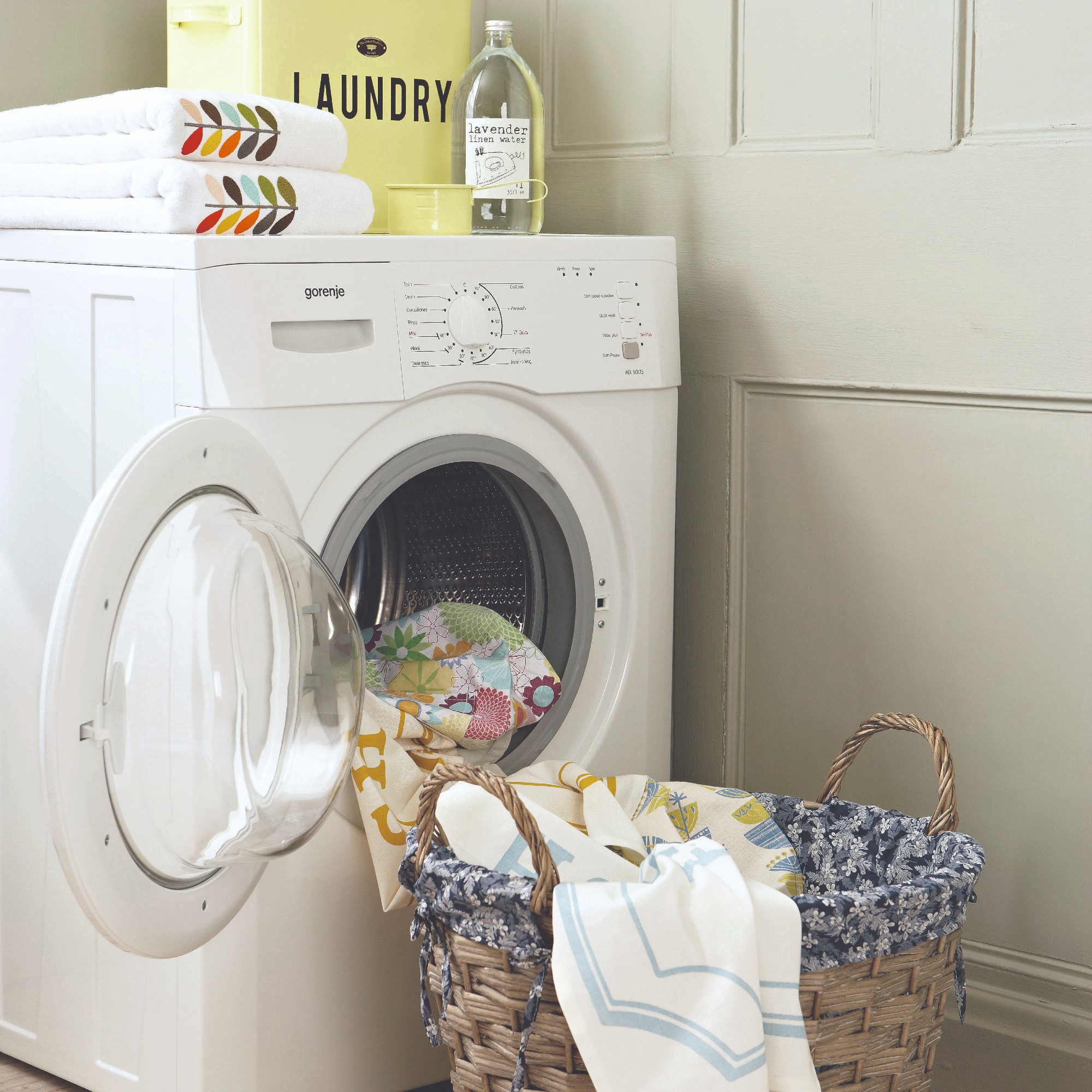
If hanging your bath towels, bedding or clothes on your door or bannisters is a common practice for you, it may be wise to consider how else you can dry your laundry – as Paul Strong, store operations manager at Magnet Trade, explains that this habit might be doing more harm to the structure of your home than you think.
'Whilst doors and bannisters may seem like a practical, cost-effective solution to drying bedding and laundry, this could be causing detrimental damage to your property, especially if your doors and bannisters are made from wood,' he says.
How? Well, Paul explains, 'placing wet washing onto wooden surfaces could lead to long term structural damage. Wood is an extremely porous material, so when wet laundry is left on it, especially repeatedly, the wood can warp and even rot over time.
Laundry expert and Laundryheap founder Deyan Dimitrov also warns of the other potential risks of doing this.
Get the Ideal Home Newsletter
Sign up to our newsletter for style and decor inspiration, house makeovers, project advice and more.
'You also run the risk of paint or varnish from wooden surfaces transferring onto your clothes, resulting in stains that are impossible to remove.'
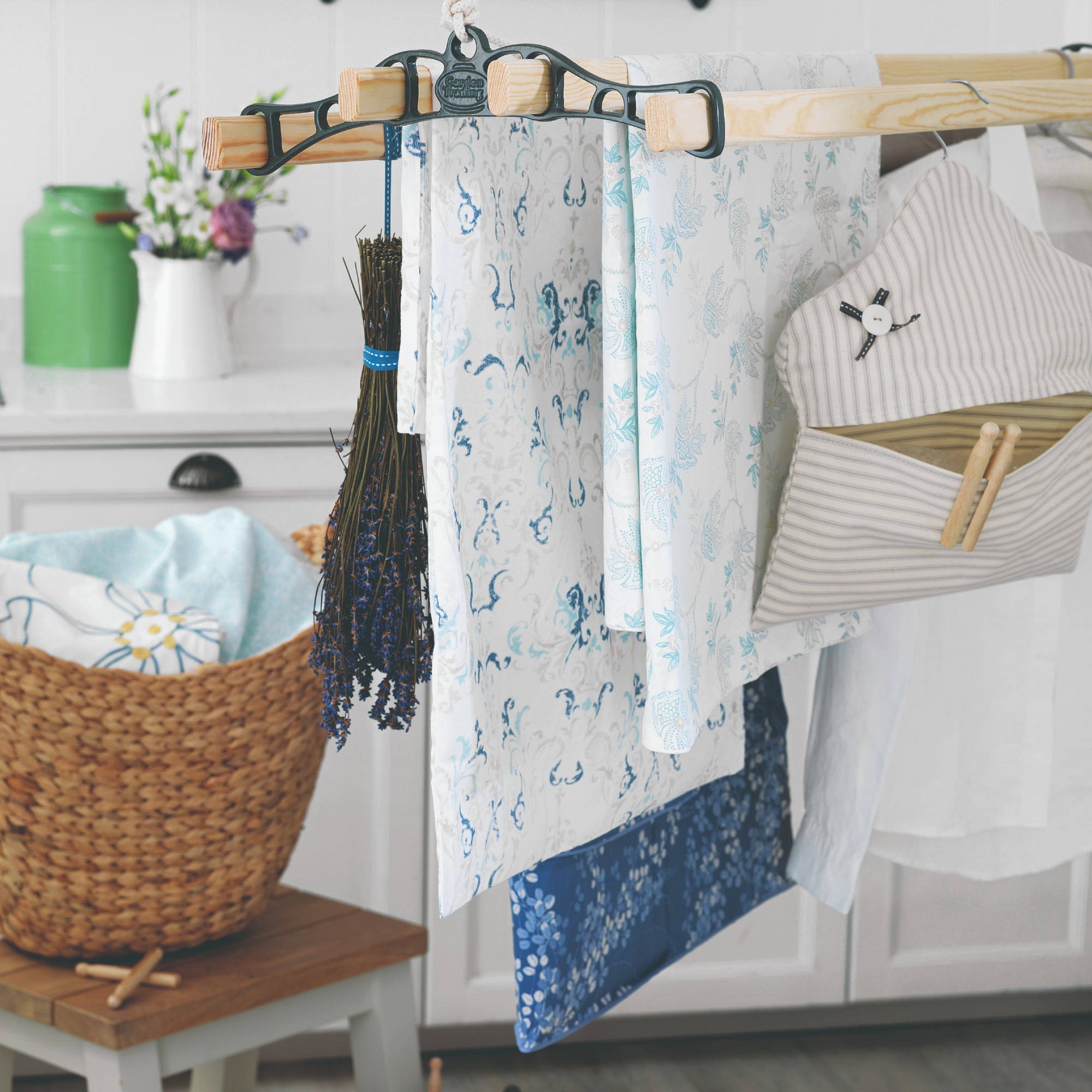
But that’s not all – the dampness from your clothes can also problems with humidity levels in your home.
'Hanging wet clothes indoors can create a serious issue with the humidity in your home and create an ideal environment for mould and mildew to thrive,' wars Deyan. 'And of course, this can lead to health issues including allergies, asthma, and other respiratory problems.'
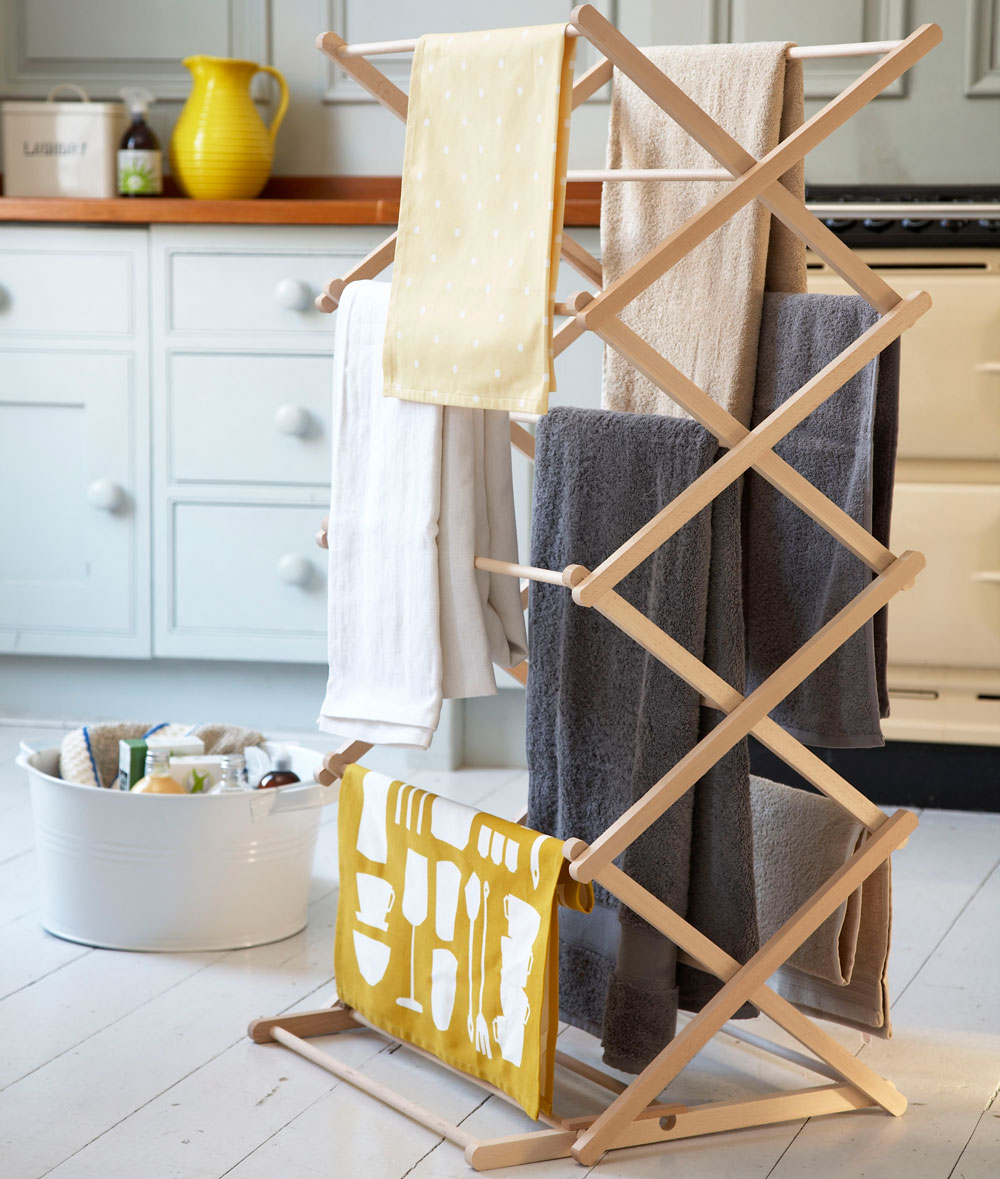
Of course, often the reason for drying laundry on these surfaces is because we don't have a better alternative, be that because of the weather outside, or the space we have available inside.
But if you can, buying a couple more clothes airers is always a good idea to allow you to properly dry your items without compromising the walls, doors and radiators around your home. Heated clothes airers can also be an excellent way of drying larger items faster, too.
And if you struggle to get through your laundry and want a way to dry items faster without using doors or bannisters, Deyan advises that a dehumidifier can be incredibly helpful in achieving this.
'Hang your laundry on a drying rack or DIY washing line, and position a dehumidifier nearby,' Deyan says. 'This will largely reduce their drying time, especially if this appliance has a "laundry-boost" setting. Dehumidifiers also prevent any dampness and musty odours from clinging to your clothes.'
Laundry essentials
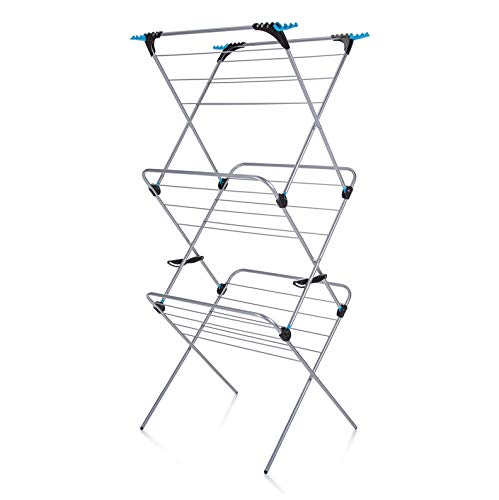
If you want to dry clothes without any electricity but without risking your woodwork, a good old clothes airer will do the job - try and take outside in good weather, though
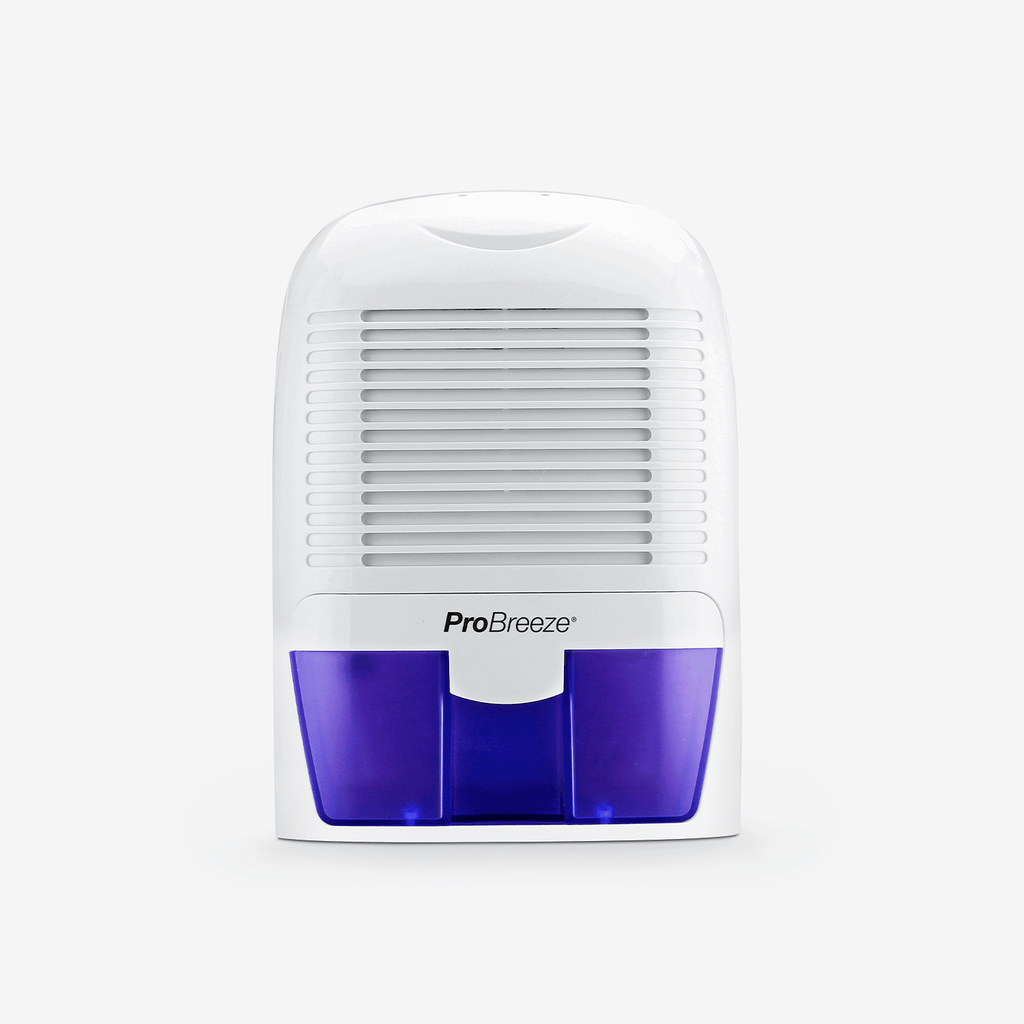
A great addition to a laundry room, or to move with your clothes airer, we named this mini version the 'Best dehumidifier under £100' in our guide
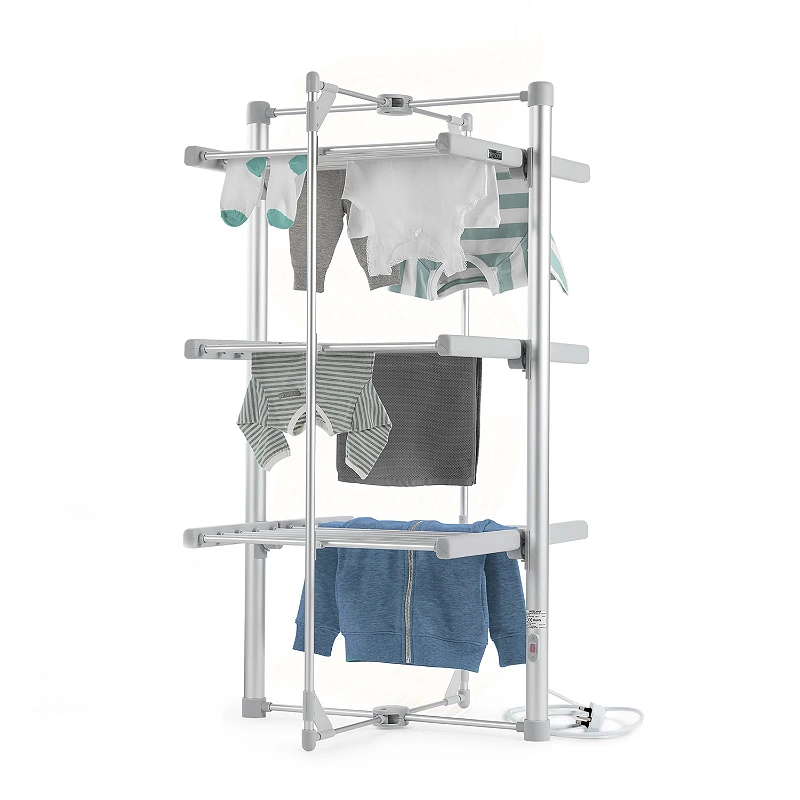
Lakeland's Dry:Soon range is a tried-and-tested way to dry clothes quickly without a tumble dryer, and this bestselling option made our Top 10 list.

Amy Hunt is an experienced digital journalist and editor, now working in a freelance capacity specialising in homes and interiors, wellness, travel and careers. She was previously Lifestyle Editor at woman&home, overseeing the homes, books and features sections of the website. Having worked in the industry for over eight years, she has contributed to a range of publications including Ideal Home, Livingetc, T3,Goodto, Woman, Woman’s Own, and Red magazine.
-
 5 signs you’ve taken decluttering too far — and how you can pull yourself back, according to organisation experts
5 signs you’ve taken decluttering too far — and how you can pull yourself back, according to organisation expertsYou might have to start resisting the urge to purge
By Lauren Bradbury
-
 What is the Party Wall Act 3m rule and is it something you should be worried about? This is what the experts say
What is the Party Wall Act 3m rule and is it something you should be worried about? This is what the experts sayDon't get caught off-guard by the Party Wall Act 3m rule — our expert guide is a must-read
By Natasha Brinsmead
-
 Shoppers can’t get enough of The Range’s lemon tree, but I’ve found an even cheaper bestseller at B&Q - it’s perfect for a Mediterranean look
Shoppers can’t get enough of The Range’s lemon tree, but I’ve found an even cheaper bestseller at B&Q - it’s perfect for a Mediterranean lookWelcome the summer with this glorious fruit tree
By Kezia Reynolds